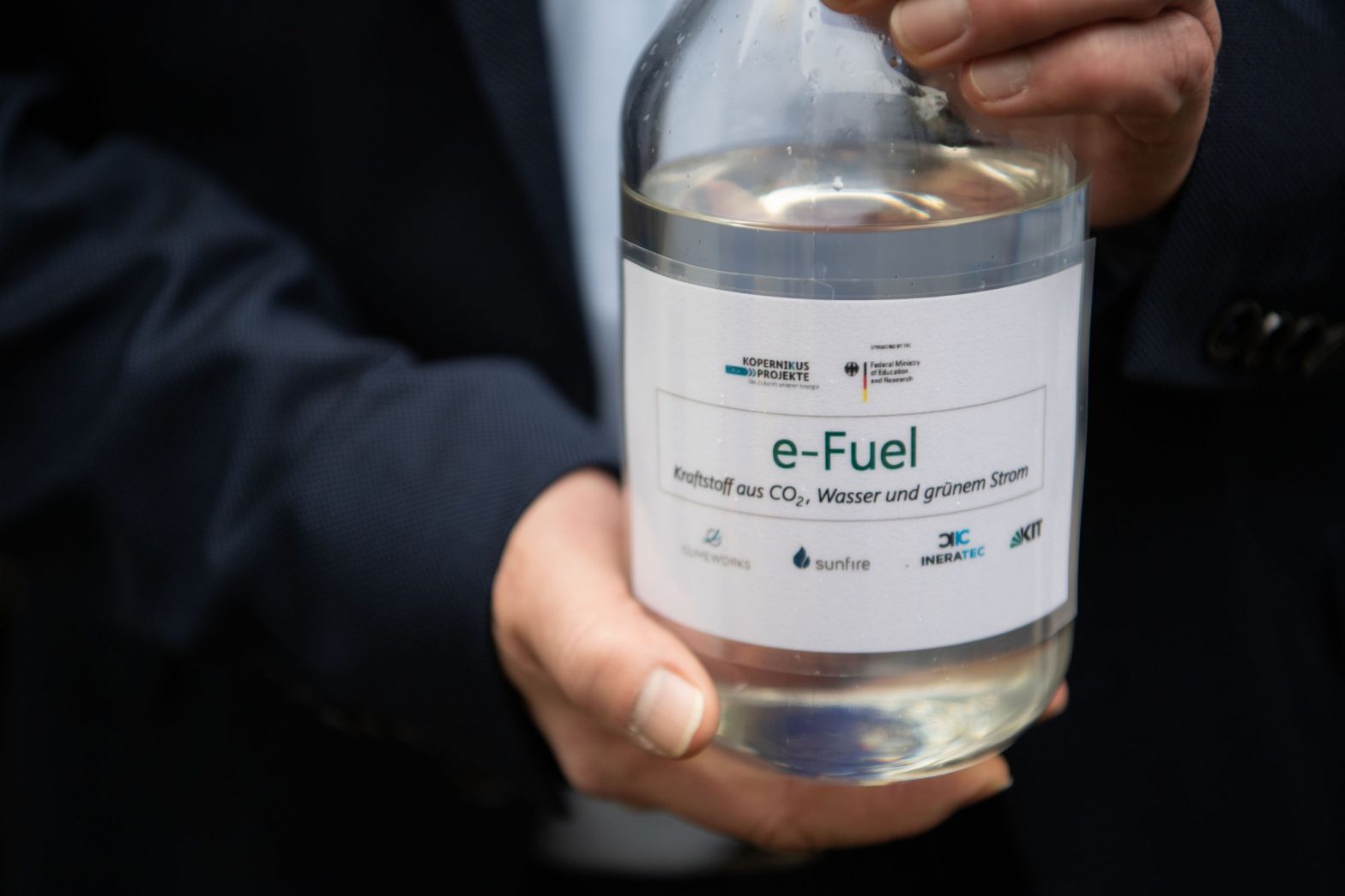/
The EU finalized its plan to phase out polluting cars and vans, but it carved out an exemption for vehicles that run on e-fuels.
:format(webp)/cdn.vox-cdn.com/uploads/chorus_asset/file/24543159/1180326496.jpg)
Luxury carmakers’ push for synthetic e-fuels has weakened the European Union’s plan to get internal combustion engines off the road in the future. After weeks of delay, the Council of the European Union adopted regulations today to eliminate carbon dioxide emissions from new cars and vans by 2035. That would have amounted to an effective ban on cars with internal combustion engines (ICE) if not for a last-minute update that carves out an exemption for ICE cars that swap out gasoline for e-fuels.
E-fuel is a synthetic alternative that can be made from air and water using electricity. While running on e-fuel instead of gasoline might reduce carbon dioxide emissions, it’s still costly and inefficient. And some experts worry that making room for e-fuels within plans to transition to clean energy only keeps more gas-guzzling cars on the road.
“We’re afraid it’s a stalling technique to try to save the internal combustion engine and to create a future for it,” Stephanie Searle, fuels program director at the nonprofit research group the International Council on Clean Transportation (ICCT), previously told The Verge as the EU was still debating its new rules.
The regulations the EU adopted today set a goal of reducing planet-heating carbon dioxide emissions from cars and vans by 100 percent by 2035. There’s no way a car running on gasoline can hit that target, which is why it could have created a de facto ban on selling new cars with internal combustion engines. The rule was expected to be finalized at the start of the month, but Germany essentially withheld its vote until the rules were revised to explicitly allow traditional cars to run on e-fuels.
E-fuel can be made by taking carbon dioxide out of the air and hydrogen out of water. Those molecules are combined to make new synthetic fuels. There’s new technology called direct air capture that makes it possible to pull that CO2 out of the atmosphere, which is why e-fuel made using renewable energy can be considered “carbon neutral.” Burning e-fuel still produces carbon dioxide pollution, but the idea is that pulling CO2 out of the atmosphere to make the fuel cancels out those emissions.
German automaker Porsche promotes e-fuel as a way to address climate change while continuing to make lightweight combustion engine vehicles — as opposed to electric vehicles that are typically heavier than traditional cars because of the battery. Porsche has invested more than $100 million in developing e-fuels, including $75 million in a company operating a small e-fuel plant in Chile.
But there could be some big snags in the road ahead for e-fuels in the EU’s climate plans. There’s no commercial supply of this alternative fuel today, and it would be very expensive to make — costing around $7 a liter (more than $25 a gallon), the ICCT estimates. Pulling molecules out of air and water is also energy-intensive, making it four times more efficient to use renewable electricity to charge an EV battery than to use it to make e-fuel for a car, according to the ICCT. (The Verge has a more in-depth breakdown of how e-fuels are made and the challenges here.)
Crucially, the EU still has to figure out how to assess whether an internal combustion engine vehicle on the road after 2035 is actually running on e-fuel and not plain old gasoline. That’s not entirely clear yet with the rules adopted today. Moving forward, the EU says that “the Commission will make a proposal for registering vehicles running exclusively on CO2-neutral fuels.”
